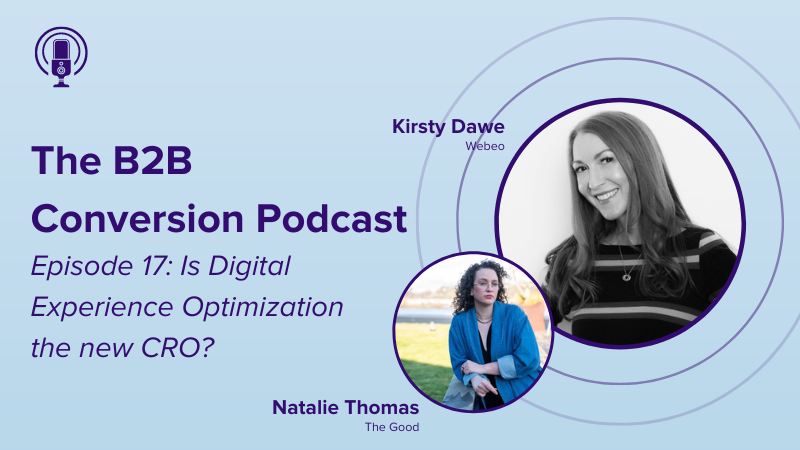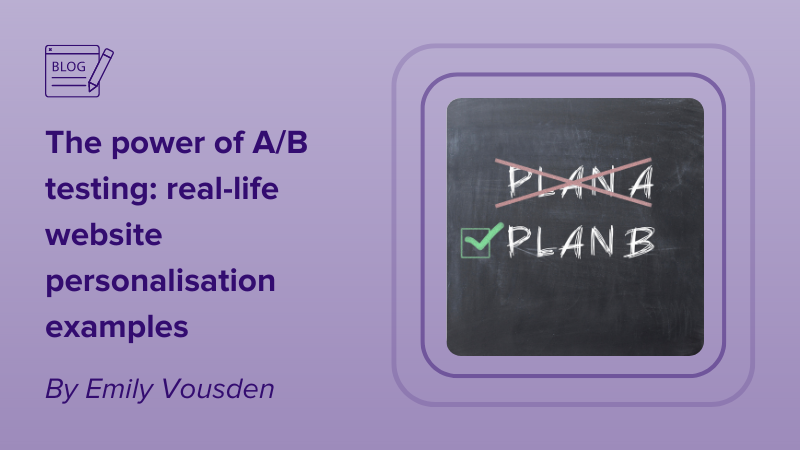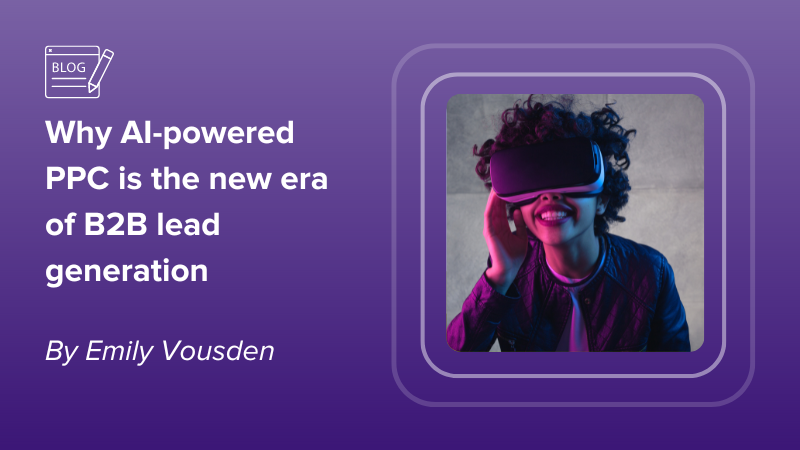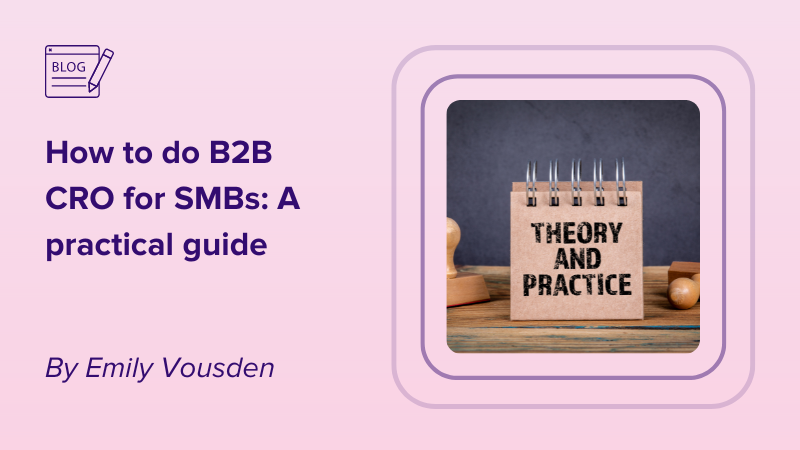B2B marketing isn’t easy. And neither is segmentation marketing! There is no definitive, one-size-fits-all solution when it comes to market segmentation. Selecting only one can be tricky, and it may not actually be best practice. In fact, to compete with the advances in technology, it is crucial to put more than one in place. Using a clever combination of market segmentation criteria is the way forward. For B2B organizations, behavioral segmentation has some advantages that stand out above other methods. Especially when compared to demographic segmentation.
Demographic segmentation divides the market by subgroups of the population. It has been a popular method for years. But how useful is it for B2B marketers? Well, we can look at the demographics of decision-makers. Their gender, age, education level, income, marital status, and more. Or, we can alter the demographic categories to meet a business context. How old is the business? What size is the business? What is the revenue? This information is useful but limited. And, it relies on assumptions. In 2019, any marketing technique that relies on stereotypes seems somewhat outdated.
Decision-makers of the same age or gender won’t always want the same thing. And two businesses of the same size may have completely different needs. To assume they do, could do more harm than good. Basing marketing decisions on assumptions is often an unreliable method. As consumers crave and demand personalized content, demographics are becoming even less valuable. There is a time and a place for demographic segmentation, and in some cases it works well. But, for B2B marketers, there is a clear winner: data-fueled, insightful behavioral segmentation.
Behavioral segmentation has a primary focus on the way customers behave. This is great for marketers; especially as they begin to align with sales teams. According to HubSpot, 1 in 4 companies say they have misaligned sales and marketing teams. This won’t come as a surprise if you know that 50% of sales reps waste time on poor prospects, according to Sales Hub. These prospects were likely drawn in by marketers. See where this is going? Aligning goals and objectives is imperative to making that conversion.
For so long, marketers have focused on leading the horse to water. But once we draw them in, we often leave them to their own devices. Learning how customers behave on the lead up to making a conversion makes all the difference. Marketers can help guide prospects towards a sale, and sales teams know when to pounce. No matter what we’re buying, we all exhibit different behaviors when shopping online. Behavioral segmentation considers this and helps marketers point customers in the right direction. And, it considers several variables, too — so marketers can get to grips with valuable data. And, in turn, they’ll see a great return on investment and improved CRO!
Look at the purchasing behavior of your audience. There will be impulsive customers and hesitant buyers. Some shoppers trawl the internet looking for the best price; others are happy to pay more to get the job done fast! Segmenting audiences this way does incredible things for your marketing approach. If you know a buyer is impulsive, not only can you feed them relevant products, but you can also upsell and cross-sell. If a client is hesitant — or likely to leave a product in their basket for longer than you’d like — create a sense of urgency.
Find out when your customers want your product. How often do they use it? Do they buy it regularly or only on occasion? Are they using it to its full effect? Gaining this information opens a whole world of timing and usage-based opportunities. Send helpful reminders and prompts to renew or buy more. Make sure you’re in front of your audience when they need you and remind them that you’re there even when they don’t. Behavioral segmentation also enables marketers to get inside their customers’ heads. Segment based on the benefits sought from you and gain new unique selling points. Segment based on loyalty, and you know exactly who and where to focus on. Find out who to reward, and who you’ll need to work on to entice back.
Behavioral segmentation relies on quality data. This data is a little harder to get hold of than your standard demographics. But valuable data brings valuable opportunities. So, put in the time, effort, or budget you need to get to know your customer segments and their buyer behavior. The knowledge you’ll gain is beneficial to your business and you’ll reap the rewards.
Webeo enables users to create personalized website experience for its visitors. Using segmentation, users can determine the experience customers receive. Loyal customers, key accounts and target market segments get an unforgettable experience. Greet visitors by company name, and display imagery that meets their needs. Discover the power of website personalization software and request a demonstration today!




